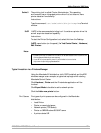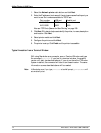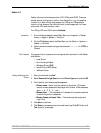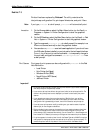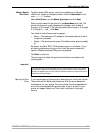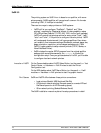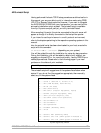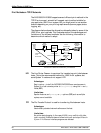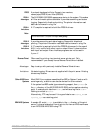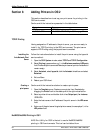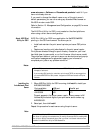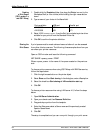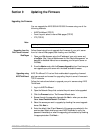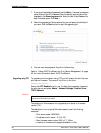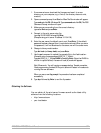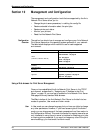
Adding Printers in UNIX/Linux
AXIS 5500 / AXIS 5550 User’s Manual 81
PROS A protocol developed at Axis. Comes in two versions;
named pipe (PROS A) and filter (PROS B).
PROS A
Advantages
The AXIS 5500/AXIS 5550 appears as a device to the system. This makes
all filter and model options available. It provides accounting and status
logging. Supports bi-directional printing. The printer information read
back can be viewed in a log file.
PROS A
Limitations
A ‘C’ compiler is required to build the PROS A drivers.
Note:
PROS B
Advantages
It provides accounting and status logging. Supports bi-directional
printing. The printer information read back can be viewed in a log file.
PROS B
Limitations
A ‘C’ compiler is required to build the PROS B drivers and in the case of
BSD, it may conflict with other input or output filters. It does not allow
both input and output filters. Interface programs can not be used in
System V.
Reverse Telnet Often used for printing via a terminal server printer port. Only
recommended if you already have a Reverse Telnet driver installed.
Advantages: Easy to set up with previously installed Reverse Telnet drivers.
Limitations: No status logging. Drivers are not supplied with the print server. Existing
drivers may be slow.
Other UNIX/Linux
Systems
Most UNIX/Linux systems resemble either BSD or System V and so with
some ingenuity, a solution can also be devised for other variants.
If the system has BSD socket type networking support, then
prosbsd (in
the
bsd directory of the AXIS 5500/AXIS 5550) can be used as a starting
point. It receives print data from
stdin, and writes a log file to stderr.
Nothing is written to
stdout.
Alternatively, FTP may be used. It is a good idea to use
bsd/ftp_bsd or
sysv/ftp_sysv as a starting point.
IBM MVS Systems A sample JCL script,
jclex, is available in the mvs directory of the print
server. It gives an example of how to print a file from an MVS mainframe
to an AXIS 5500/AXIS 5550 using FTP.
You can download a ‘C’ compiler from http://www.gnu.org/.



